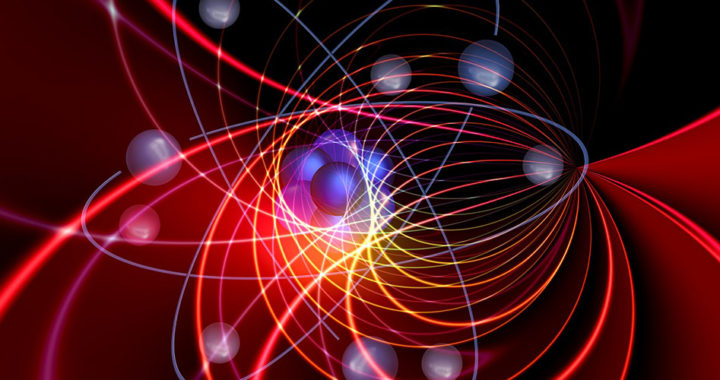What is a good theory? What are the components that make a theory good? How do renowned thinkers describe a good theory?
In his book “A Brief History of Time: From the Big Bang to Black Holes” first published in 1988, widely celebrated theoretical physicist Stephen Hawking briefly discussed what he strongly deemed are the essential characteristics or requirements of a good theory.
Found on page 10 of the book, Hawking said: “A theory is a good theory if it satisfies two requirements: It must accurately describe a large class of observations on the basis of a model that contains only a few arbitrary elements, and it must make definite predictions about the results of future observations.”
The Two Requirements of a Good Theory According to Stephen Hawking
The two requirements mentioned above also correspond to the characteristics of a good theory according to Stephen Hawking.
Requirement One: It must accurately describe a large class of observations on the basis of a model that contains only a few arbitrary elements.
Essentially, Hawking argues that a theory should adequately and precisely represent a large class of observations without being too complicated. The specific theoretical model should contain limited random elements. In other words, the model should be as simple yet as precise as possible. Accurate representation and straightforwardness make a theory testable and reproducible.
Requirement Two: It must make definite predictions about the results of future observations.
The primary purpose of a theory is to explain specific aspects of the world. According to Hawking, a good theory does not only have an explanatory characteristic but also have a predictive capability. It must have the ability to make falsifiable or testable predictions. This so-called predictive power makes a theory useful and relevant.





